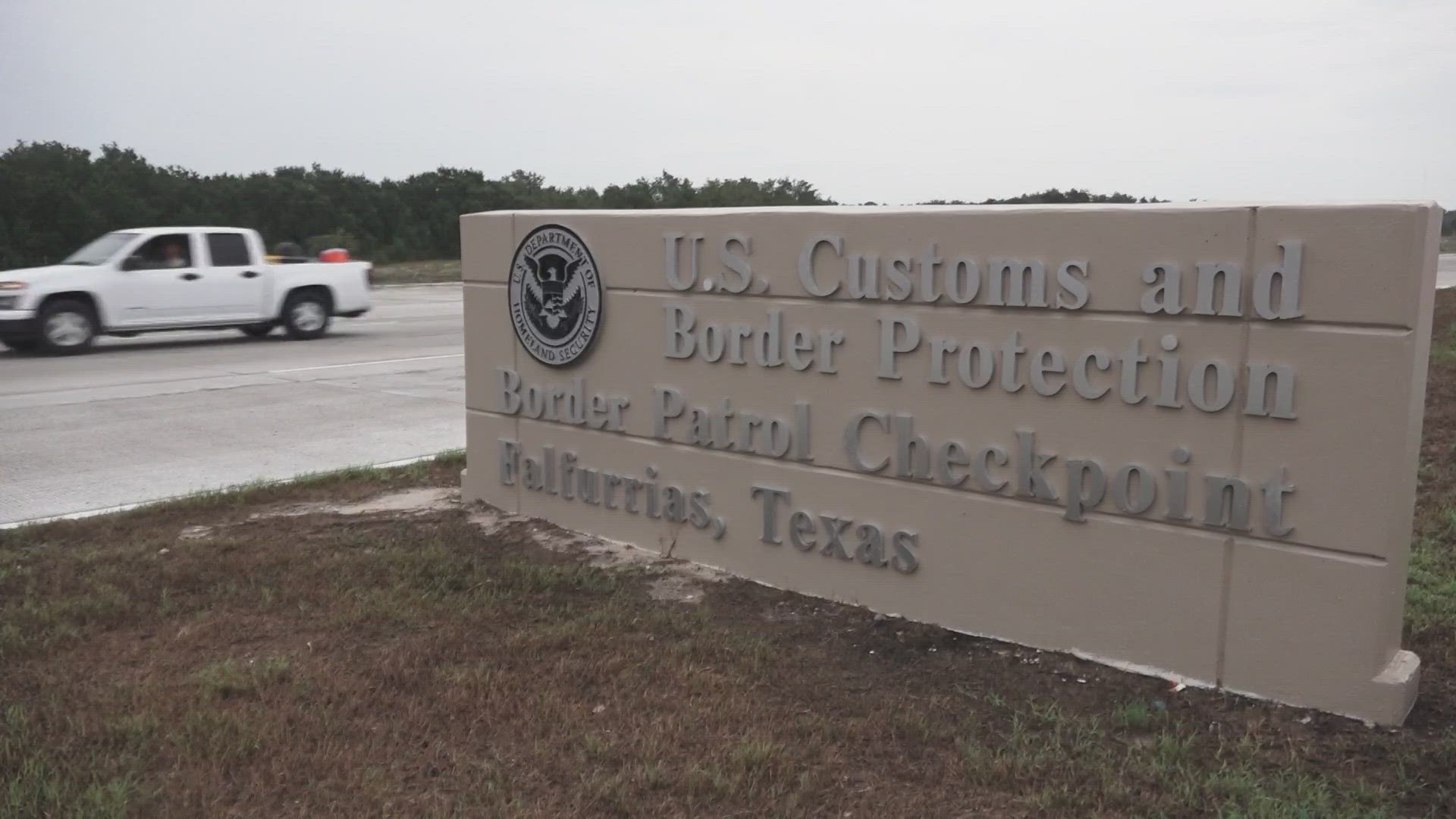The Biden administration on Thursday announced that it plans to open processing centers in Latin America that would allow qualifying migrants to legally enter the United States, Canada or Spain.
Under the plan — one of several policy changes the Biden administration hopes will reduce illegal migration after the public emergency health order known as Title 42 ends on May 11 — people anywhere in the Western hemisphere will be able to request asylum or refugee status at the nearest processing center and choose which country they would like to migrate to.
During a news conference in Washington, D.C., U.S. Department of Homeland Security Secretary Alejandro Mayorkas said the first processing centers will open in Colombia and Guatemala. He said the administration expects at least 5,000 people per month to apply to legally enter one of the three receiving countries.
Mayorkas did not say when the processing centers will open, adding that more information will be provided in the coming weeks. Mayorkas said the administration is also working with other countries to open more centers to reach as many potential migrants as possible and discourage them from depending on smugglers.
Officials did not say Thursday how many centers they plan to open or whether there will be limits on the number of people who can apply.
The agreement between the U.S., Canada and Spain came as part of the Los Angeles Declaration, which the Biden administration signed on to last summer. A number of leaders across the Western Hemisphere agreed to help each other manage the unprecedented number of migrants attempting to leave their home countries.
The U.S. agreed to resettle 20,000 refugees over the next two fiscal years under the agreement.
During Thursday’s news conference, Secretary of State Antony Blinken said that 20 million people have been displaced in the Western Hemisphere in the past few years.
“We are facing an unprecedented migration challenge. Long-term drivers like violence, corruption, lack of economic opportunity continue to push people from their homes,” Blinken said. “Problems that have been exacerbated by the pandemic, crises of governance [and] extreme weather events caused by the changing climate.”
The administration also announced Thursday that it will create a new family reunification program for people from El Salvador, Guatemala, Honduras and Colombia. People from those countries will be background checked and immigration agents will determine on a case-by-case basis if they are eligible to be reunited with family already in the U.S.
CBP One, a cellphone-based application, will continue to allow people to request asylum from their home countries and schedule an appointment with immigration agents at a U.S. port of entry. They can also use the app from Mexico if they’ve already migrated there. The app, which became available for asylum-seekers to use in January, offers about 740 appointments per day across the southern border.
The administration said in a statement that while these measures should help reduce the number of people attempting to enter the country illegally, Congress needs to revise the country’s immigration laws, which haven’t seen a major overhaul since 1986, when the Reagan administration provided amnesty to 3 million people who were in the country illegally while also making it illegal for employers to hire undocumented immigrants.
“The Biden-Harris Administration will do everything within its authority to manage this challenge, but until and unless Congress delivers on the immigration reform measures President Biden requested on his first day in office, the United States’ immigration system will remain broken,” the statement said.
Since the Trump administration invoked Title 42 in March 2020 at the beginning of the COVID-19 pandemic, immigration officials have used it 2.7 million times at the southern border to expel migrants to Mexico or their home countries without giving them an opportunity to request asylum.
Once Title 42 is lifted, immigration agents will continue enforcing immigration laws that could punish migrants with a five-year ban on legally entering the U.S. and criminal prosecution if a migrant is caught illegally entering the country more than once.
“Let me be clear, our border is not open and it will not be open after May 11,” Mayorkas said.
The Biden administration said it also plans to increase deportations once Title 42 is lifted. The administration said that anyone who doesn’t use one of the available pathways to enter the country legally also could be barred from requesting asylum in the future.
Some immigrant rights advocates welcomed the processing centers in Latin America, but said the administration should not bar people from requesting asylum at the U.S.-Mexico border and should include people from Africa.
“Historically, the U.S. has resettled very small numbers of refugees from Latin America, despite the need. This part of the announcement can be a much-needed first step towards addressing that gap,” said Bilal Askaryar, interim campaign manager for Welcome With Dignity, a coalition of more than 100 immigrant rights organizations across the country. “However, advocates are gravely concerned that the system may be used in conjunction with a ban on asylum at the U.S.-Mexico border, and that people from Africa who do not already have access to refugee resettlement will be left in harm’s way.”
U.S. Rep. Veronica Escobar, D-El Paso, applauded the new policies on Thursday.
“For decades, our country has chosen to address immigration as a border-only issue, an illogical, detrimental approach that has created great challenges at the border,” she tweeted after the announcement. “I’m proud the [White House] has announced the expansion of in-country processing, something I have long called for.”
The Texas Tribune is a nonprofit, nonpartisan media organization that informs Texans — and engages with them — about public policy, politics, government and statewide issues.
>MORE BORDER NEWS:

